Canadian Country Music Hall of Fame
Canadian Country Music
Country Music Hall of Fame is a Merritt Tradition
“Canadian Country music continues to grow in Canada and a number of US artists have recorded and made hits of songs written by Canadian Song writers.”
The Canadian Country Music Hall of Fame and Museum collects, preserves and displays the history and tradition of Country music. The Canadian Country Music Hall of Fame honours Canadian country music artists, builders or broadcasters, living or deceased. The Country Music Hall of Fame is a national attraction and a must see Nicola Valley Experience in Merritt, BC Canada’s downtown.
Merritt and the Nicola Valley country atmosphere, outdoor adventures, traditional ranches, heritage and the unique
desolate landscape has been the inspiration for the biggest Country Music Festivals in Canada. In addition it has earned Merritt the title, Country Music Capital of Canada. It has also set the stage for the Country Music Hall of Fame to showcase our national artist inductees, song writers and their contributions to country music.
Canadian Country Music Roots
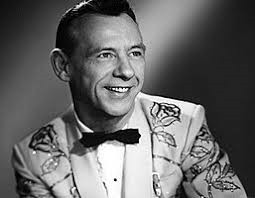
Photo Source CCMA: Hank Snow
The Maritimes, parts of Ontario and BC shared a strong folk tradition similar to that of the Appalachian region of the US. Because of this country music has found ready acceptance in Canada. It was first popularized by fiddlers such as Don Messer and George Wade. They started their careers on radio in the late 1920s. The Canadian Victor Record Co signed Wilf Carter in 1932, and his success prompted Victor to sign Wade (1933). Hank Snow (1936) and Hank LaRivière (1941) were signed as well. Carter, Snow, and later Earl Heywood introduced a unique style of country music to the scene using a lower, less nasal-sounding voice with clearer enunciation and fewer of the blues like slurs and high whining sounds that dominate much American country music.
Canadian Singers
However, Canadian singers depend more on the traditional ballad and story songs than on the “cheatin'” and barroom songs often preferred in the US. The Great Depression, WWII, a more mobile population, the success of the “singing cowboy” movies, the number of US radio stations with access to Canada, the increasing number of pop adaptations in country music, national radio shows and tours all increased the popularity of country music throughout the 1930s, 1940s and into the 1950s.
Movement to the United States
Canadian artists have struggled with low population of the country. Until the mid-1950s country artists relied on live radio shows, regional touring in clubs, barn dances and local television appearances to earn a living. With a shortage of places to perform and the lack of good recording studios, numerous artists, including Ray Griff, Stu Phillips, Lucille Starr and Ronnie Prophet, followed the lead of Hank Snow and moved to the US. In the 1960s country records became more pop-oriented. Artists such as Anne Murray, R. Harlan Smith and Shirley Eikhardt received airplay on commercial radio.
Country Music and Rock
Rock-oriented music, of the Good Brothers, Prairie Oyster and Colleen Peterson, gained a wider audience. The urban folk boom of the 1960s consisted of artists such as Ian and Sylvia Tyson, Gordon Lightfoot, Murray McLauchlan and Bob Ruzicka. These musicians have both a strong urban and country appeal. The folk-music boom introduced bluegrass, the jazz of country music, and traditional Canadian fiddle music to a much larger audience. In the 1990s there continued to be a strong crossover feeling to Canadian country music. The addition of new music artists Rita MacNeil, Quartette, Colleen Peterson, Ashley MacIsaac, The Rankins and The Barra MacNeils appeal to Canadian music audiences in general.
Growth of Western and Canadian Country Music
Canadian-content regulations for commercial radio in 1970 gave valuable airplay to artists such as Dick Damron,
“Stompin’ Tom” Connors, Carroll Baker, Gary Buck and the Family Brown. More radio stations were licensed and
more began to program for specialized markets. In 1960 there was one radio station, CFCW in Alberta, featuring
country music entirely. By 1987 there were 85 originating stations programming some country music during their
broadcast day, and by 1998 there were 110 full-time country stations and 36 part-time stations broadcasting country music in Canada. Because of this the 1980s saw a revival of interest in the older styles of country music of Ian Tyson, k.d. lang and groups such as Blue Rodeo and Spirit of the West. The more mainstream music of Eddie Eastman, Terry Sumsion and Terry Carisee, etc, remained popular.
Nashville Calling
Up until the 1990s primary television exposure for country artists came through such network shows as the Tommy
Hunter Show and syndicated broadcasts such as Sun Country and the Family Brown Show. More importantly, with the advent of country music specialty television channels, such as the Nashville Network and Canada’s Country Music Television (established in 1994 as New Country Network), new exposure possibilities for country music artists became possible. A new genre of country music, often referred to as new country, arose to take advantage of these opportunities. Borrowing promotional and production techniques along with a dose of attitude from rock music, this new music challenged accepted ideas of country music. This resulted in giving country musicians a much wider and more urban audience.
Making It Big
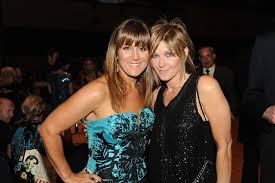
Photo Source CCMA: Michelle Wright-Patricia Conroy
Canadian artists who emerged in the 1990s include Michelle Wright, k.d. lang, George Fox, Charlie Major, Blue Shadows, Prescott/Brown, Paul Brandt, Cassandra Vassik, Patricia Conroy, Lori Yates, Terry Clark, the Wilkinsons and multi-award winner Shania Twain. There is still the notion that to make it big you must move to Nashville. However, television now offers Canadian artists a chance for much wider exposure. A 3-hour 1992 CBC-TV special brought new country and old country together in a program devoted to the history of Canadian country music called Country Gold. This program featured interviews and performances by Canadian artists from Hank Snow to k.d. Lang.
Birth of Canadian Country Music Association
The Canadian Country Music Association, formed in 1975 as the Academy of Country Music Entertainment, has sponsored an annual country music week in different cities across Canada. Country Music Week, as well as, Big Country Awards have brought artists and industry people together and have become major events in the promotion and development of country music. Therefore, the annual broadcast of the Country Music Awards has for many years been the top-rated Canadian music show on television. The Country Music Association is also responsible for the Canadian Country Music Hall of Honour, with a permanent home in Edmonton. The Canadian Country Music Hall of Fame however, is situated in Merritt, British Columbia.
Then and Now
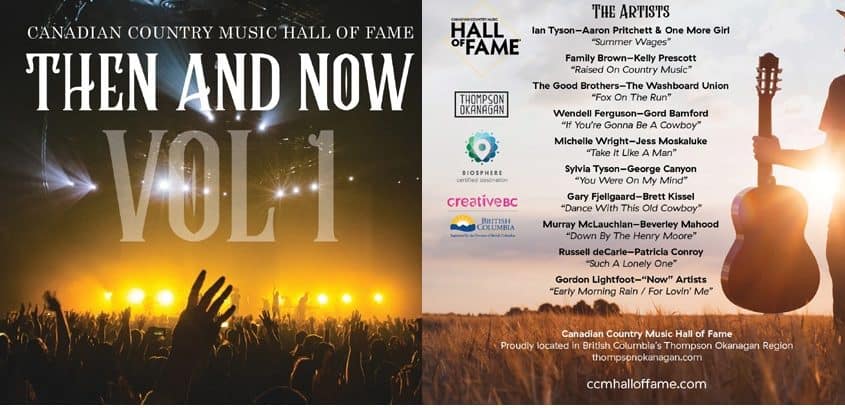
Photo Source: CCMH of Fame
The Canadian Country Music Hall of Fame has released a Then and Now Album Volume 1. On September 7th, 2018 the first-ever Canadian Country Music Hall of Fame album was released. During the Canadian Country Music Awards in Hamilton, Ontario the ‘Then and Now – Volume 1’ compilation album was released. The album features Hall of Fame inductees Ian Tyson, Murray McLauchlan and Michelle Wright. They performed their biggest hits, in duets with some of today’s top names in Canadian country music. Some of the top artists performing are Brett Kissel, Aaron Pritchett and Jess Moskaluke. They were proud to participate.
Country Music Hall of Fame
There is an artifact collection of plaques, vintage turn table with 100’s of records (collection growing), national artist memorabilia, builders or broadcasters, living or deceased. Secondly, the country Music Hall of Fame includes extensive biographical information on the inductees. It is located in downtown Merritt, British Columbia at 2025 Quilchena Avenue. The facility is open year-round for custom tours, and is open to the public on seasonally adjusted hours. The initiative is governed by a not-for-profit society (the Canadian Country Music Heritage Society).
For more information contact:
Canadian Country Music Hall of Fame
2025 Quilchena Avenue
Merritt, BC Canada
Phone: 1-250-315-5508
Email: info@ccmhalloffame.com
Canadian Country Music in Merritt BC Canada
- Merritt Fishing Derby with Special Guest Wes David - May 19, 2022
- Crystal Shawanda Canadian Blues Country Music Artist - October 6, 2021
- Is It Me And You – Lisa Brokop – Country Music Singer & Songwriter - May 24, 2021

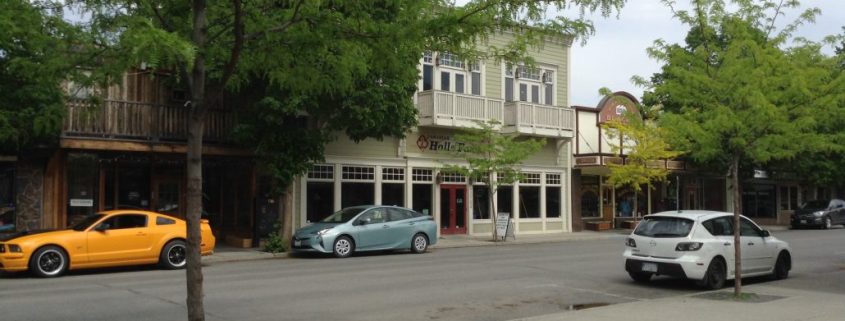




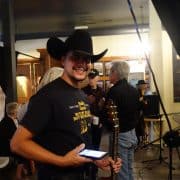

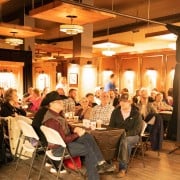
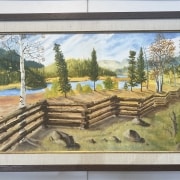



Great job Melvina, such interesting stuff.
Wow! History of Country music in Canada is summed up with this blog. Folk traditions from the Appalachian’s. The fiddle has to be one of my favourites, my Grandfather played a mean fiddle. Great blog Melva!